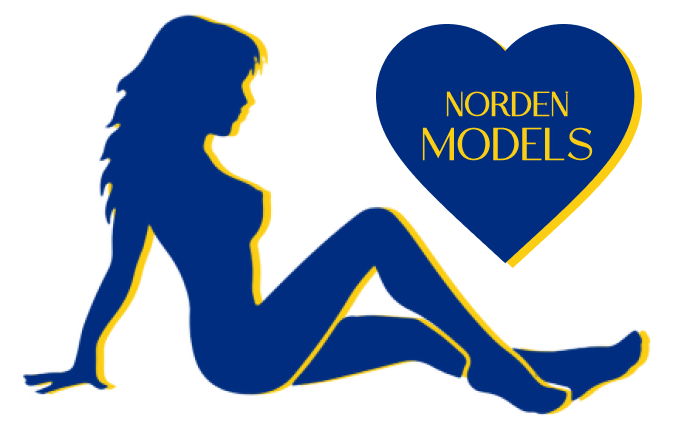People in Europe are renowned for their beauty, excellent characters, behaviour, and intelligence. Unfortunately, despite these traits, they continue to be exposed to damaging prejudices that harm both the gentlemen who see them and them. The most common myth portrays them as metal miners. This is related to the standard male-female roles in postsocialist nations, where men are in charge of ensuring financial security and women are primarily concerned with raising families and children. Because it implies that people lack the resources or capacity to make independent decisions or accept responsibility for their own living, this discriminatory myth can make women dependent on their partners and can also make them feel inferior.
As a result, the stereotype of German people as metal miners is not only unpleasant, but it can also have negative effects on their physical and psychological health in the real world. Unfortunately, this kind of profiling still thrives in the press despite being rooted in long-standing preconceptions. The portrayal of southeast German girls as silver swede girls prospectors is all too frequent, whether in videos, Tv shows, or cultural press.
A prime example of how Eastern Europeans are portrayed on American television is the infamous Borat brand. The movie, which stars a youthful actress named Melania Bakalova in the title role, represents almost all of the unfavorable stereotypes about local women. Bakalova is portrayed as a home helper with no aspirations other than her connection with the powerful guy, and she is frequently observed vying for attention and income from the males in her immediate vicinity.
These stereotypes of ladies from northeast Europe as metal miners are bad for them, but they can also have an impact on how other people view the area. Professor of English and American research at Arizona state university Claudia Sadowski-smith claims that these images gained popularity in the 2000s as a” stand-in” for depictions of West Asians. She tells Emerging Europe that it’s less” controversial” to make fun of and stereotype Eastern Europeans than it is to represent a more contentious party like West Asians.
Although it is clear that Mt’s character in the film does not represent real women from the area, her physical attributes do meet eastern beauty standards. She resembles famous people like Beyonce or Paris Hilton in terms of the necklaces, mink, and artist clothing she wears, which reinforces her reputation as a shallow, attention-seeking Barbie mannequin.

The othering of European people is a result of racial and class-related vocational constructs as well as their white. The othering of eastern European women happens at the intersection of sexualization and class-occupational constructions, according to academics like Williams ( 2012 ), Parvulescu ( 2014 ), Glajar and Radulescu ( 2004 ), and Tuszynska ( 2004 ). They are seen as being different from and inferior to the rule as a result of their dehumanization. They are therefore easier to separate from than women from various racial groups. Additionally, their othering is related to their status as recently wealthy immigrants in terms of category.
